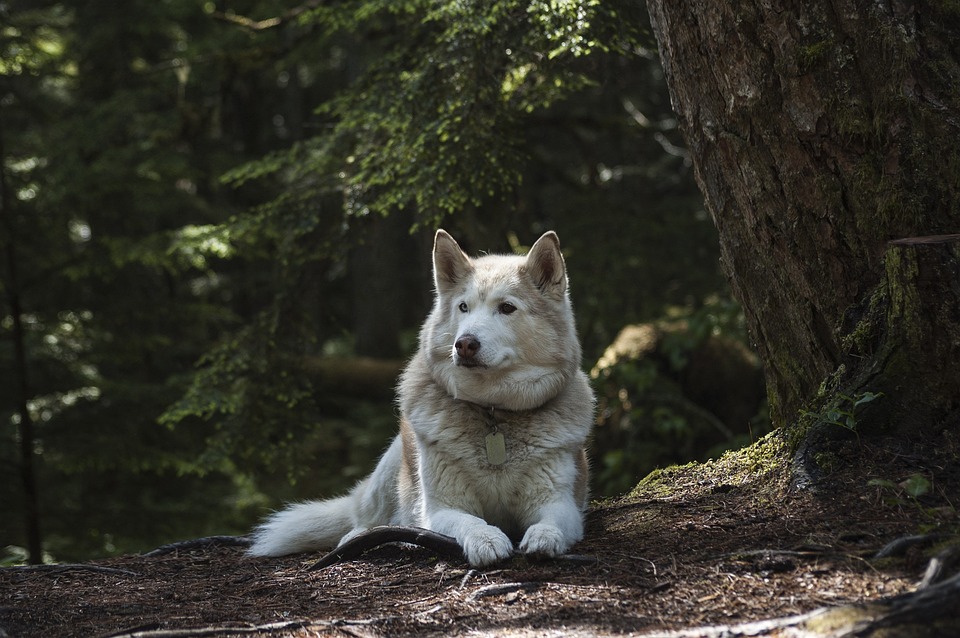Unleashing Your Dog’s Hidden Talent
Is your furry friend a natural explorer? Does their nose seem to lead them on endless adventures? If so, you might be interested in tapping into their innate abilities and teaching them to find specific objects or scents. This skill not only provides mental stimulation and satisfaction for your canine companion but can also be incredibly useful in various scenarios, from search and rescue missions to locating lost belongings. In this article, we will guide you through the process of training your dog to become a skilled scent detective, uncovering the secrets behind their extraordinary sense of smell. So, grab some treats and let’s embark on this exciting journey together!
Understanding the Canine Sense of Smell: A Whiff of Magic
The Incredible Nose: What Makes Dogs Such Great Detectives?
Before diving into the specifics of training, it’s crucial to grasp just how remarkable a dog’s sense of smell truly is. While humans have approximately six million olfactory receptors, dogs possess an astounding 300 million or more! This abundance of receptors, combined with a dedicated portion of their brain solely responsible for processing smells, allows dogs to detect scents we could never even fathom. Their noses are so sensitive that they can detect a single teaspoon of sugar dissolved in two Olympic-sized swimming pools – mind-boggling, isn’t it?
Training Your Dog to Find Specific Objects or Scents: Step-by-Step
1. Start with Basic Scent Introduction
The first step in teaching your dog to find specific objects or scents is to introduce them to the desired scent. Choose a scent that is easily distinguishable, such as a particular essential oil or a unique object with a distinct smell. Here’s how to get started:
– Gather the scent object: Obtain a small cloth or item that carries the scent you want your dog to find.
– Associate the scent with reward: Pair the scent object with positive reinforcement, such as treats or praise. Allow your dog to sniff the scent object and reward them immediately.
– Repeat and reinforce: Practice this step multiple times, gradually increasing the time your dog spends sniffing the scent object before receiving a reward. This helps associate finding the scent with a positive outcome.
2. Hide and Seek: Introducing the Game
Once your dog has established a connection between the scent and rewards, it’s time to introduce the concept of finding the scent in a more challenging setting. Follow these steps to level up your dog’s training:
– Hide the scent object: Start by placing the scent object in an easy-to-find location and encourage your dog to search for it.
– Encourage and reward: Use verbal cues, such as “Find it!” or “Search!” to guide your dog’s search. When they discover the hidden scent object, reward them with praise and treats.
– Gradually increase the difficulty: As your dog becomes more proficient at finding the scent, gradually make the hiding spots more challenging. This could involve hiding the object in different rooms, behind furniture, or even outdoors.
3. Building Advanced Skills: Tracking and Discrimination
Once your dog has mastered the basics, you can expand their training to involve tracking scents over longer distances and distinguishing between similar scents. Here’s how:
– Tracking scents: Start by having someone hold your dog while you walk a short distance away, dropping scent trails along the way. Release your dog and encourage them to follow the scent trail, rewarding them upon successful completion.
– Discrimination training: Introduce multiple scent objects with similar smells, placing them in different locations. Teach your dog to differentiate between scents and find the specific object you indicate, rewarding them for correct identifications.
4. Practice, Patience, and Perseverance
Remember, training your dog to find specific objects or scents is a journey that requires consistency, patience, and regular practice. Keep training sessions short and enjoyable, always ending on a positive note. With time and dedication, your dog will develop impressive scent detection skills that showcase their incredible abilities.
Frequently Asked Questions (FAQs)
Q: Can any breed of dog learn scent detection?
A: Yes! While some breeds, such as Bloodhounds or Beagles, are known for their exceptional scenting capabilities, all dogs have a keen sense of smell. With proper training and motivation, any breed can learn scent detection.
Q: How long does it take to train a dog to find specific scents?
A: The training duration varies depending on the complexity of the tasks and the individual dog’s progress. It can take anywhere from a few weeks to several months of consistent training to achieve reliable results.
Q: Can scent detection training be used to find missing persons or lost pets?
A: Yes, absolutely! Dogs trained in scent detection can be invaluable in search and rescue operations, locating missing individuals, or even finding lost pets. Their exceptional sense of smell allows them to detect scents that are imperceptible to humans.
Q: Can I train my dog to find multiple scents or objects?
A: Certainly! Once your dog has mastered scent detection for a specific scent or object, you can gradually introduce new scents or objects for them to find. This expands their skills and keeps their training engaging and challenging.
Conclusion
Training your dog to find specific objects or scents taps into their natural abilities and provides mental stimulation and fulfillment. Remember to be patient, consistent, and always reward your furry detective for their hard work. With time, practice, and the bond you build through training, you’ll unlock your dog’s inner detective, revealing a world of endless possibilities. Happy scent detection training!









